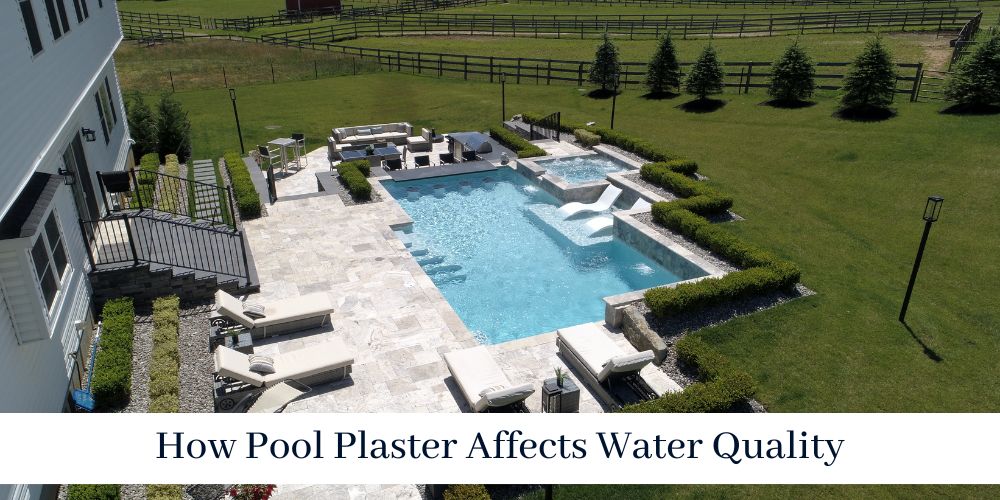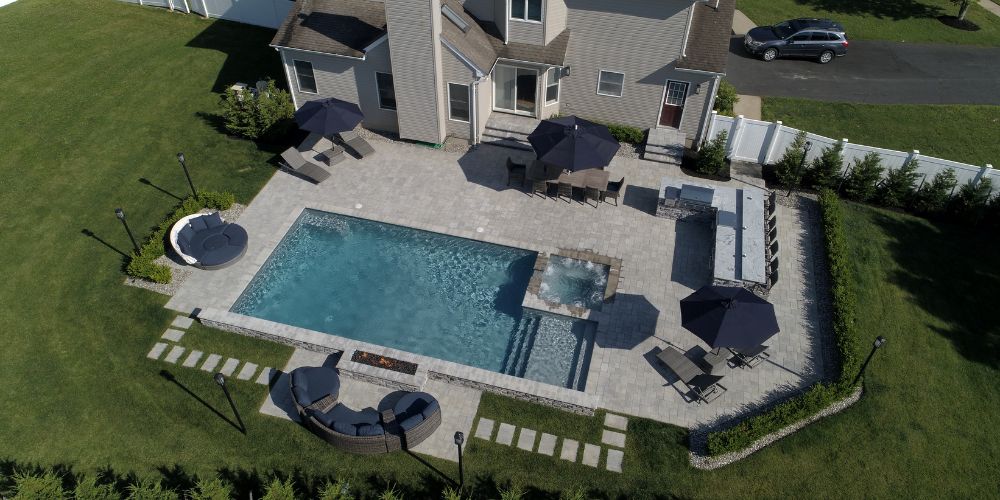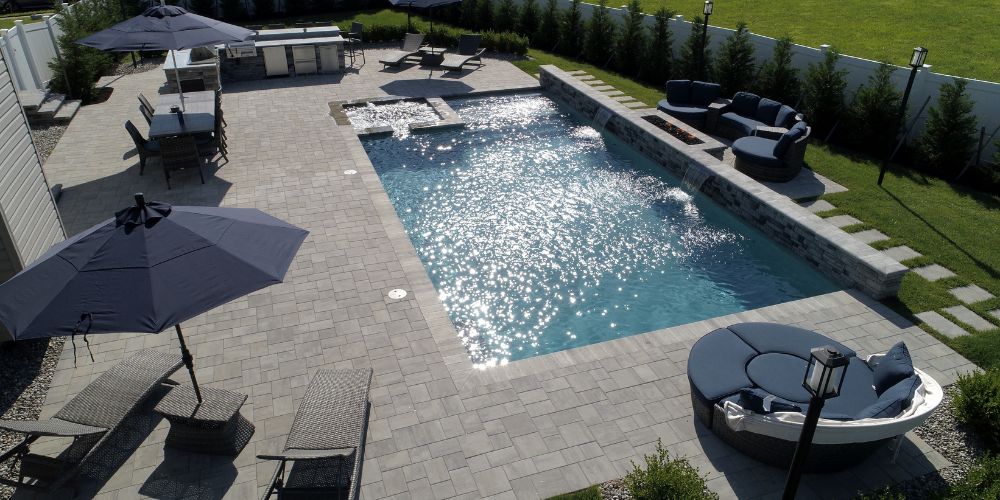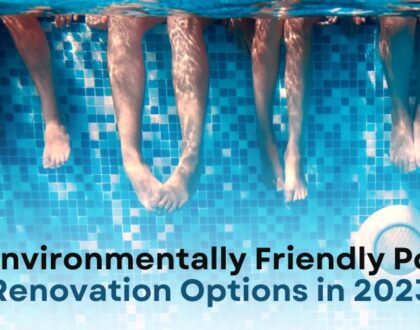How Pool Plaster Affects Water Quality

Put aside the pool plaster, which usually affects your pool’s aesthetic and functional features. Most importantly, it affects water quality. The lining protects the underlying structure of your pool when in contact with water.
While doing this, it affects water chemistry. Understanding how the pool plaster can affect the water quality will help the respective owner of the pool maintain a safe, clean, and inviting environment for swimming.
This article will discuss, relative to swimming pool plaster and water chemistry, the relationship between pH and alkalinity, the risks involved with deteriorating plaster, and how to maintain plaster to keep water clear.
Pool Plaster’s Role in Water Chemistry
Pool plaster primarily acts as a waterproofing agent between the water and the pool’s structure, mainly made of cement, sand, and other additives such as marble dust or quartz. Although it provides a durable finish, plaster is not an inert material. Over time, the plaster’s minerals-mostly calcium-can leach into the water. This interaction directly affects the chemistry of the water, especially pH levels and calcium hardness.
Poor water chemistry will deteriorate the plaster, negatively affecting the water quality and general pool conditions. Testing and adjustments in water chemistry must be done routinely to prevent problems with the plaster from affecting the swimming experience.
Effect of Plaster on Water pH Levels and Alkalinity

Among the most critical ways plaster can affect water quality is through the conditions of pH and alkalinity. Calcium hydroxide tends to leach out into the water as newer pool plaster. It may eventually increase the pH level, making it more basic or alkaline.
An increase in pH may lead to problems including:
- Cloudy Water: High pH levels decrease calcium’s solubility, creating calcium carbonate that forms cloudy water.
- Scaling: It occurs when the pH and calcium levels are too high. Hard, white deposits build up on the pool surface and equipment.
- Irritation: Skin and eye irritations to swimmers significantly cause high-pH water.
Conversely, low pH can lead to chalking of the plaster. This process makes the plaster’s surface rough and gradually eaten away. Appropriate alkalinity should be maintained, as it buffers sudden changes in pH. The plaster’s condition directly affects the above balance, and regular testing and corrections of pH and alkalinity are hence necessary.
Deteriorating Plaster and Water Contamination
It is worth noting here that plaster ages and deteriorates over time, especially without good water chemistry. Poor plaster deteriorates the pool’s general appearance and may contribute to problems relating to water quality. Rough surfaces, cracks, and depressions created on aged plaster trap debris, algae, and bacteria that might contaminate the water.
Also, the worse the plaster condition is, the more calcium and other minerals it releases into the water, creating chemical imbalances. Such imbalances result in scaling, cloudy water, and a greater need for chemicals in the pool. That is why keeping your plaster in good condition is necessary for maintaining the water environment clean and well-balanced.
Related Read: A Guide to Pool Renovation
Best Pool Plaster for Water Quality

Not all plasters used in pools are created equal, and the type of plaster you choose can profoundly affect water quality. It is known that some of the most common types of pool plaster include:
- Standard White Plaster: This is the most economical option. White plaster provides a classic look; over time, it tends to stain, etch, and roughen more than others, especially when proper water chemistry is not maintained.
- Quartz Plaster: Quartz added to the plaster gives it additional durability and resistance to chemical imbalances. It can last longer and helps maintain water quality better.
- Pebble Plaster: Pebble-finish plaster is very resistant. Its reaction with water is shallow, reducing the possibility of pH and alkalinity problems. It is also resistant to staining and scaling.
- Polished Marble and Aggregate Plasters: Such uplifted plasters promise a smooth, durable finish with less degradation. As such, they would be more suitable for superior water quality.
It’s all about choosing the suitable plaster for your pool based on location, usage, and maintenance routine. Upgrading to a more durable material can help mitigate long-term water quality issues.
Maintain Pool Plaster for Clear Water
Keeping water quality clear and balanced keeps your pool plaster in good condition. Following are some tips for keeping your plaster in good condition:
- Periodic Testing of Water: Frequently check your pool water’s pH level, alkalinity, and calcium hardness to avoid deterioration of plasters.
- Brushing the Plaster: Gentle brushing around the wall and floor at the bottom would avoid algae buildup and scaling, which affects both plaster and water quality.
- Replaster When Necessary: Pool plaster has a limited lifetime, usually between 7 and 10 years. When the plaster starts to wear off, crack, or become rough, it is time to consider replastering.
Related read: Simple Steps to a Safer Pool, Weighing the Pros and Cons of Pool Renovation
From replastering to a complete pool renovation, Pool Renovation NJ can keep your pool beautiful and chemically balanced for the best water quality. Whether you require a simple plaster repair or an extensive renovation, our team is here to help guide you through restoring your pool to its best condition.
Recommended Posts

Stay Safe This Summer: Simple Steps to a Safer Pool
July 31, 2024

7 Environmentally Friendly Pool Renovation Options in 2023
March 23, 2023

